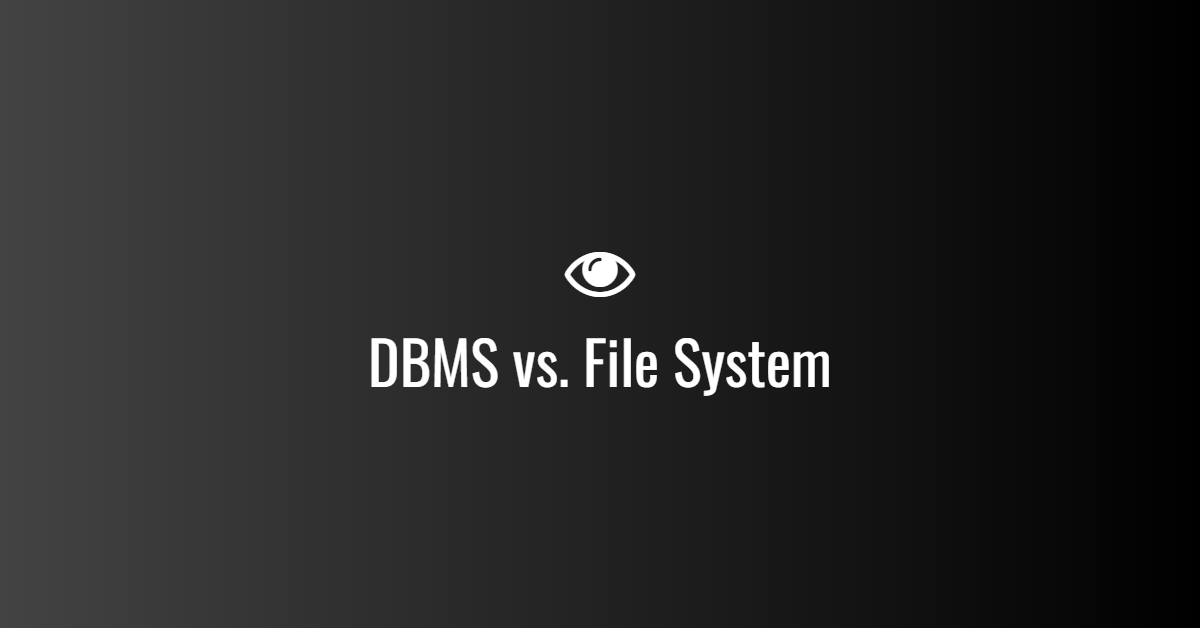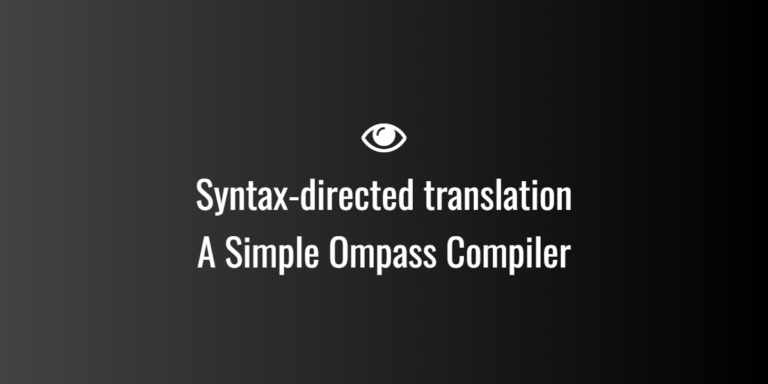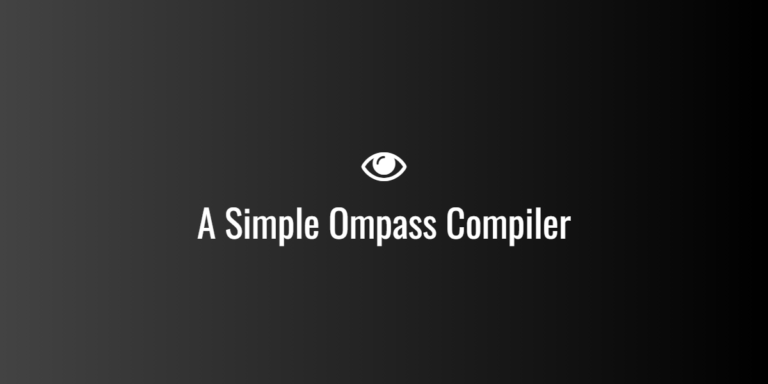
DBMS vs. File System
Introduction
A Database Management System (DBMS) and a File System are both used for storing and managing data. However, they differ significantly in terms of structure, functionality, and efficiency.
- File System: A method used by operating systems to store, retrieve, and manage files on storage devices.
- DBMS (Database Management System): A software system that manages structured data, allowing efficient querying, updating, and security enforcement.
1. Key Differences Between DBMS and File System
| Feature | File System | DBMS |
|---|---|---|
| Data Storage | Unstructured files (text, images, videos) | Structured tables with relationships |
| Data Integrity | No built-in integrity checks | Ensures integrity via ACID properties |
| Security | Basic file permissions (read/write access) | User authentication, encryption, access control |
| Data Redundancy | High (same data stored in multiple files) | Low (eliminates redundancy via normalization) |
| Querying | Manual search through files | SQL queries for fast retrieval |
| Multi-User Support | Limited (file locking required) | Multi-user support with concurrency control |
| Scalability | Difficult to scale for large datasets | Highly scalable with indexing and optimization |
| Data Relationships | No relationships between files | Relationships via primary and foreign keys |
| Backup & Recovery | Manual backup | Automated backup & recovery mechanisms |
| Example | Storing documents, images on a hard drive | Banking, e-commerce, inventory management |
2. Advantages & Disadvantages
Advantages of File System
✅ Simple and easy to use.
✅ Efficient for storing large files like videos and images.
✅ Low system resource usage.
Disadvantages of File System
❌ High data redundancy and inconsistency.
❌ Difficult to retrieve specific data efficiently.
❌ No concurrency control for multiple users.
❌ Weak security features.
Advantages of DBMS
✅ Structured and organized data management.
✅ Efficient data retrieval using SQL.
✅ Ensures data integrity, security, and consistency.
✅ Supports multiple users with concurrent access.
Disadvantages of DBMS
❌ More complex than file systems.
❌ Requires more memory and processing power.
❌ Costlier to implement and maintain.
3. When to Use File System vs. DBMS?
| Use Case | Recommended System | Why? |
|---|---|---|
| Storing documents, images, videos | File System | No need for structured queries |
| Banking & Financial Transactions | DBMS | Ensures strict consistency & security |
| Simple log storage | File System | Fast writing & retrieval |
| Large-scale data processing | DBMS | Optimized queries & indexing |
| Multi-user applications (E-commerce, ERP) | DBMS | Supports multiple users efficiently |
4. Real-World Example
Example 1: Managing Student Records
- File System Approach:
- A text file stores student names, IDs, grades.
- Searching for a student’s record is manual and slow.
- DBMS Approach:
- A relational database stores student data in tables with relationships.
- SQL queries allow fast retrieval and filtering.
Example 2: E-Commerce System
- File System: Would require separate files for users, products, and orders, leading to data duplication.
- DBMS: Uses a relational model to link users, orders, and products, making the system more efficient and scalable.
Conclusion
- File Systems are best for simple storage without structured relationships.
- DBMS is essential for managing structured data, relationships, multi-user access, and security.




